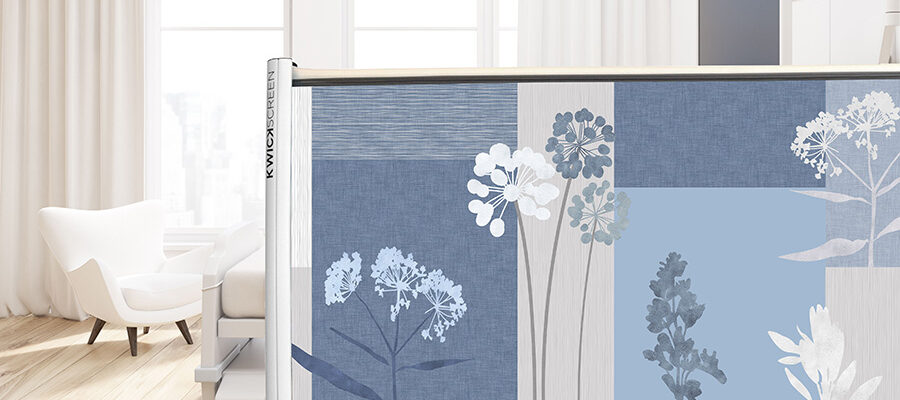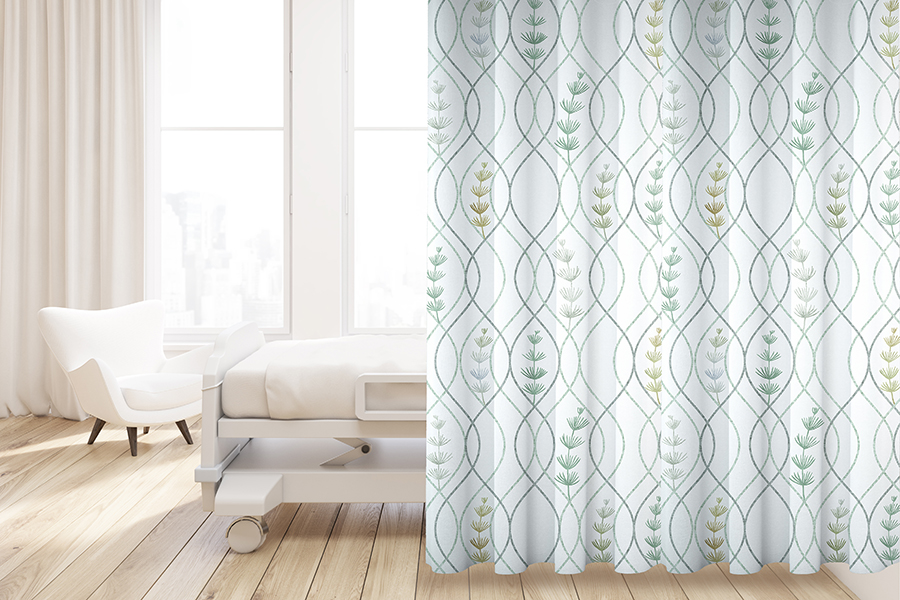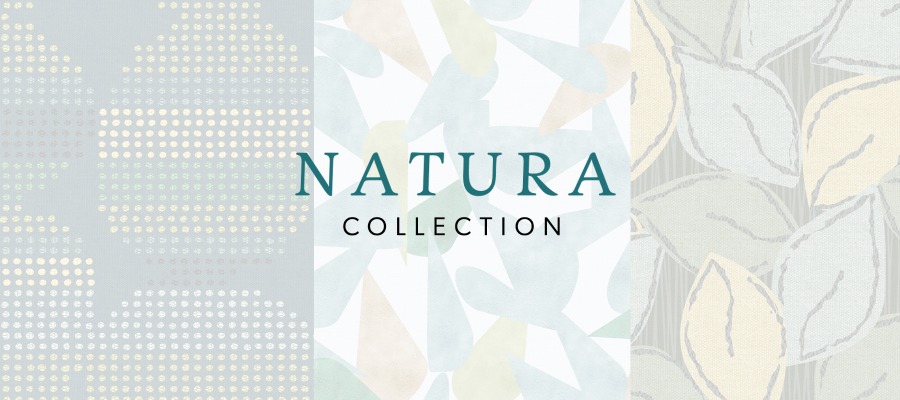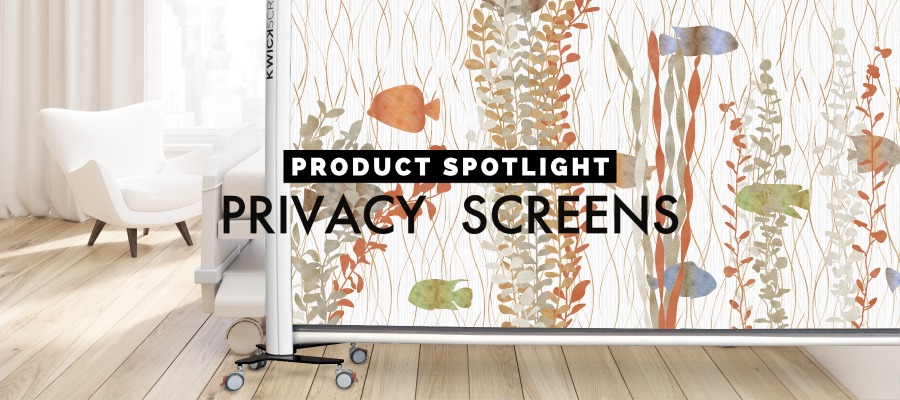
Good Design in Healthcare Enviornments
There is no doubt that good design makes for a positive aesthetic experience, but does it make for a healthier one? As hospitals and healthcare facilities look to build new spaces and upgrade existing ones, they are more often requesting that these spaces be more humanized. Good design in healthcare environments can have a positive impact on the patient’s health by making them more comfortable and less anxious in the environment where their healthcare treatments are taking place. In addition, there is a positive impact on their loved ones, as well as the staff of caregivers who work in healthcare facilities day in and day out.
Designing for healthcare interiors can be an exciting challenge.
How can designers create a less stressful and intimidating space? How can they bring small, simple pleasures to people who are in the middle of a stressful ordeal? And how can they carefully execute design elements to create a positive experience for both patient and staff, while keeping the space efficient for the people working there?
One answer is to incorporate nature and natural light. Overwhelmingly, elements of nature help patients and caregivers, even in small doses. Nature has the ability to put patients back in touch with their most basic senses of life and living. This reconnection provides a sense of calm and relief and helps quell anxiety. Accessibility to the outdoors and nature can be challenging, or simply unrealistic, but incorporating design elements with inspiration from nature can help when there is a void to actual nature.
Material selection also carries with it a lot of significance in a healthcare environment. Materials such as wood add warmth to a space and can help a patient feel welcome. While wood may not be realistic for all spaces, areas such as lobbies are often where a patient gets their first impression and a warm welcome can set them into a more relaxed state. Waiting rooms are another space where loved ones often feel stress and anxiety. Creating a comfortable space can make people feel calmer and make interacting more natural.

Consider the population the facility serves when choosing colors.
There is no doubt that color affects people and their experience of a place. There are some generalizations about using color in healthcare facilities, there is no set of rules or guidelines to follow exactly. In fact, a person’s experience with color can be very personal and reflect a lifetime of experiences. Designers should research the society and culture of that place and the people who live there. If there is a large immigrant community from a particular part of the world, consider what certain colors mean in that culture Being responsive to the population that a facility is serving helps guide good color decisions.
Wayfinding is another critical design element in a healthcare space. Facilities have become huge as the population has aged and people are living longer. Some new buildings were designed on big campuses, while others have expanded over time and can feel like a maze. When a system of wayfinding has been established, all design elements should tie into that established system. Color palettes for different floors, or design motifs can be used as valuable visual cues. They help patients and visitors navigate an unfamiliar space during a stressful time.
Always consider patient experience first.
Selecting fabrics and wallpapers can be challenging, but making decisions with patient experience in mind makes all the difference. Avoid designs that may have sharp shapes that may bring to mind needles or medical instruments. Also, avoid any strange shapes that may bring up thoughts of cells or sicknesses. If a window isn’t nearby, use a pattern with leaf or floral motifs, or a landscape panel with a nature scene.
When a patient’s stress level is ultimately reduced, there is often a better outcome in care and shorter hospital stays. When staff and caregivers can move through a space efficiently, they can do their jobs most effectively. Good design in healthcare interiors is critical to achieving the goals of successful patient care.
Sources:
Healthcare Design
CNN Style
Featured photo: Pattern P1142 used on a Kwickscreen screen
Share this post
Author
DESIGN/COLOR TRENDS AND AWESOME INFORMATION IN YOUR INBOX
Sign up for our monthly trend letter







